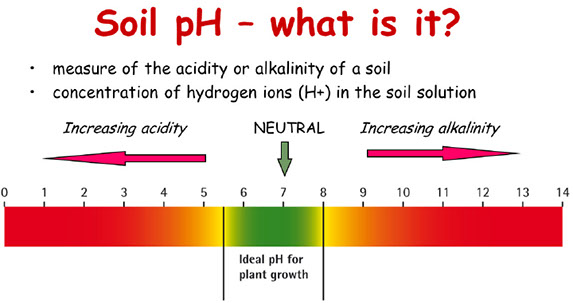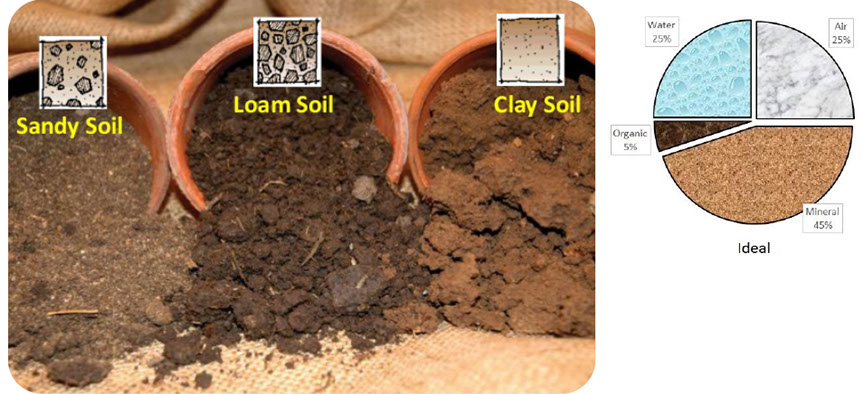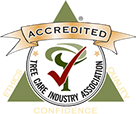
Summer 2020
Lawn Care: Healthy Soil = Healthy Turf
 The health of lawns ultimately lies below ground in their roots and their ability to uptake proper nutrients and water. A healthy soil is one teaming with beneficial microbes that has an accessible supply of macro and micronutrients at a pH range beneficial for the plant with air and limited compaction. Our various fertilization treatments enhance soil dynamics with valuable micronutrients, biostimulants and beneficial fungi mycorrhizae, creating a healthier and more ecologically sustainable root zone and promoting overall benefits in vigor with greater resistance to drought and abiotic conditions.
The health of lawns ultimately lies below ground in their roots and their ability to uptake proper nutrients and water. A healthy soil is one teaming with beneficial microbes that has an accessible supply of macro and micronutrients at a pH range beneficial for the plant with air and limited compaction. Our various fertilization treatments enhance soil dynamics with valuable micronutrients, biostimulants and beneficial fungi mycorrhizae, creating a healthier and more ecologically sustainable root zone and promoting overall benefits in vigor with greater resistance to drought and abiotic conditions.
We offer 3 lawn programs — Pure Organic, Organic Based and Traditional. The principle of our Pure Organic program is to establish a well-aerated, biologically rich soil that benefits plants naturally. The Organic Base program builds up the strength and health of your lawn naturally by utilizing natural soil supplements and organic fertilizers. As your lawn becomes organically richer, these non-organic treatments can often be reduced over time. Our Traditional lawn care program enhances the lushness and beauty of your lawn by utilizing the highest quality conventional treatments available in the industry safely and effectively.
Soil Testing:
Conducting a soil test gives us a great deal of information about a lawn and the specific steps we should take to make turf as healthy as possible. Depending on the program you're interested in, we offer a comprehensive traditional test as well as a test of the active microorganisms in the soil.
 pH Levels:
pH Levels:
Soil that has a low pH is too acidic while a high pH is too alkaline. Both can make it hard for turf to absorb nutrients. The best pH range for lawns is between 6.4 and 6.8. Based on your program we add soil amendments that can raise or lower the pH in your soil. Lime is the most popular additive for acidic soils to raise the pH but wood ash is a good organic way to do it as well. Sulfur is commonly applied to alkaline soils to make them more acidic. Sphagnum Peat is a great organic solution as are mulch and compost.
Soil Texture:
Sandy soils have more pore space, so they don’t hold onto water or nutrients. They also have less organic content and lower biology in them. Clay soils hold onto nutrients and moisture which is good for initial growth but later the fact that it is very dense and compacted makes it difficult for water, air and nutrients to reach the roots. Most nursery stock is grown in clay soils and one must be careful to not over-irrigate such material, especially if it is not planted in a dedicated zone. Loam is typically ideal and it has the right balance in our area (see image).


LOCATIONS:
Lower Westchester County, NY and New York City
58 Beechwood Ave, New Rochelle, NY 10801
914-576-0193
Upper Westchester (North of I-287)
15 Broadway, Hawthorne, NY 10532
914-741-1510
Fairfield County, Connecticut
547 Hope Street, Stamford CT 06907
203-348-4111
Bergen & Passaic Counties, NJ
504 High Mountain Road, North Haledon, NJ 07508
973-636-6711
Contact us for a Free Consultation